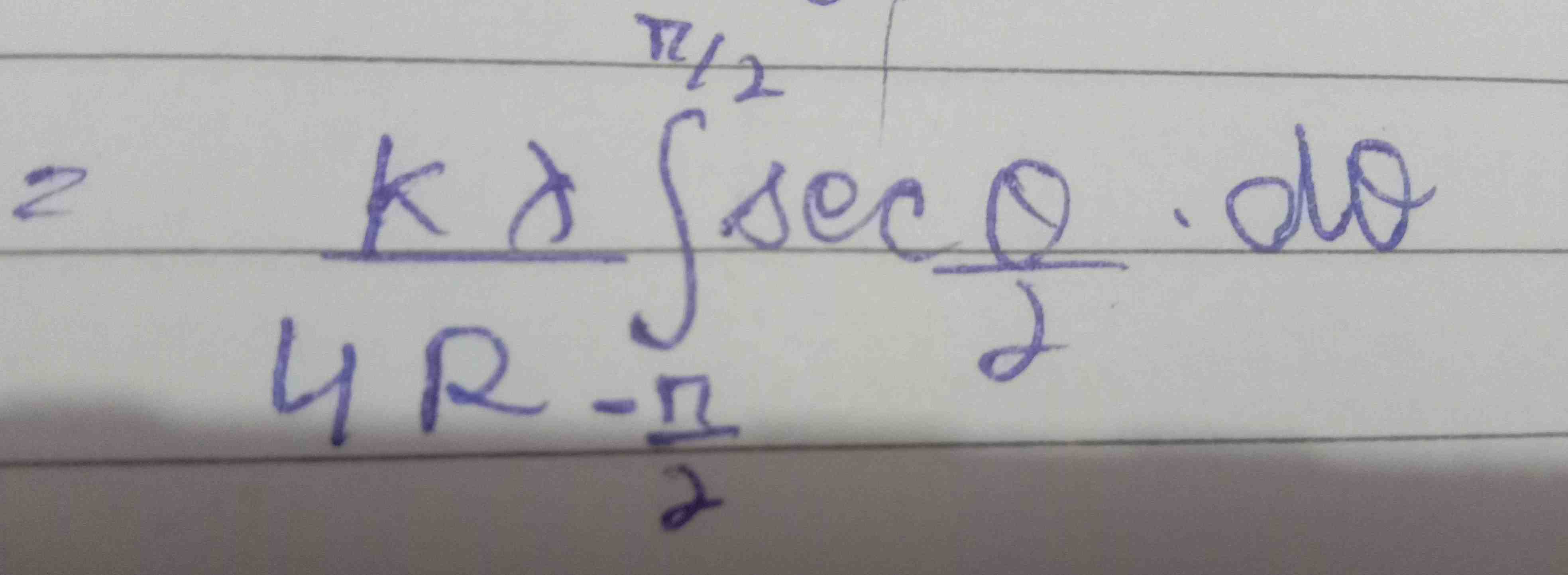AI tutor
Full solution
Q. Evaluate.
- Identify Integral: Identify the integral that needs to be evaluated.We have the integral with limits from to .
- Simplify Integrands: Use a trigonometric identity to simplify the integrand. The secant function can be expressed as . Therefore, .
- Recognize Integral Rule: Recognize that the integral of is . However, since we have , we need to adjust the integral accordingly.
- Perform Substitution: Perform a substitution to integrate . Let , which implies . We need to change the limits of integration as well. When , , and when , .
- Rewrite in Terms of u: Rewrite the integral in terms of u.The integral becomes with limits from to .
- Evaluate with New Limits: Evaluate the integral with the new limits. from to .
- Calculate Definite Integral: Calculate the definite integral. .
- Simplify Using Trig Functions: Simplify the expression using the fact that and (and similarly for )..
- Combine Logarithmic Terms: Use the properties of logarithms to combine the terms.
- Rationalize Denominator: Rationalize the denominator of the argument of the logarithm..
- Multiply by Constant Factor: Multiply the result by the constant factor ..

